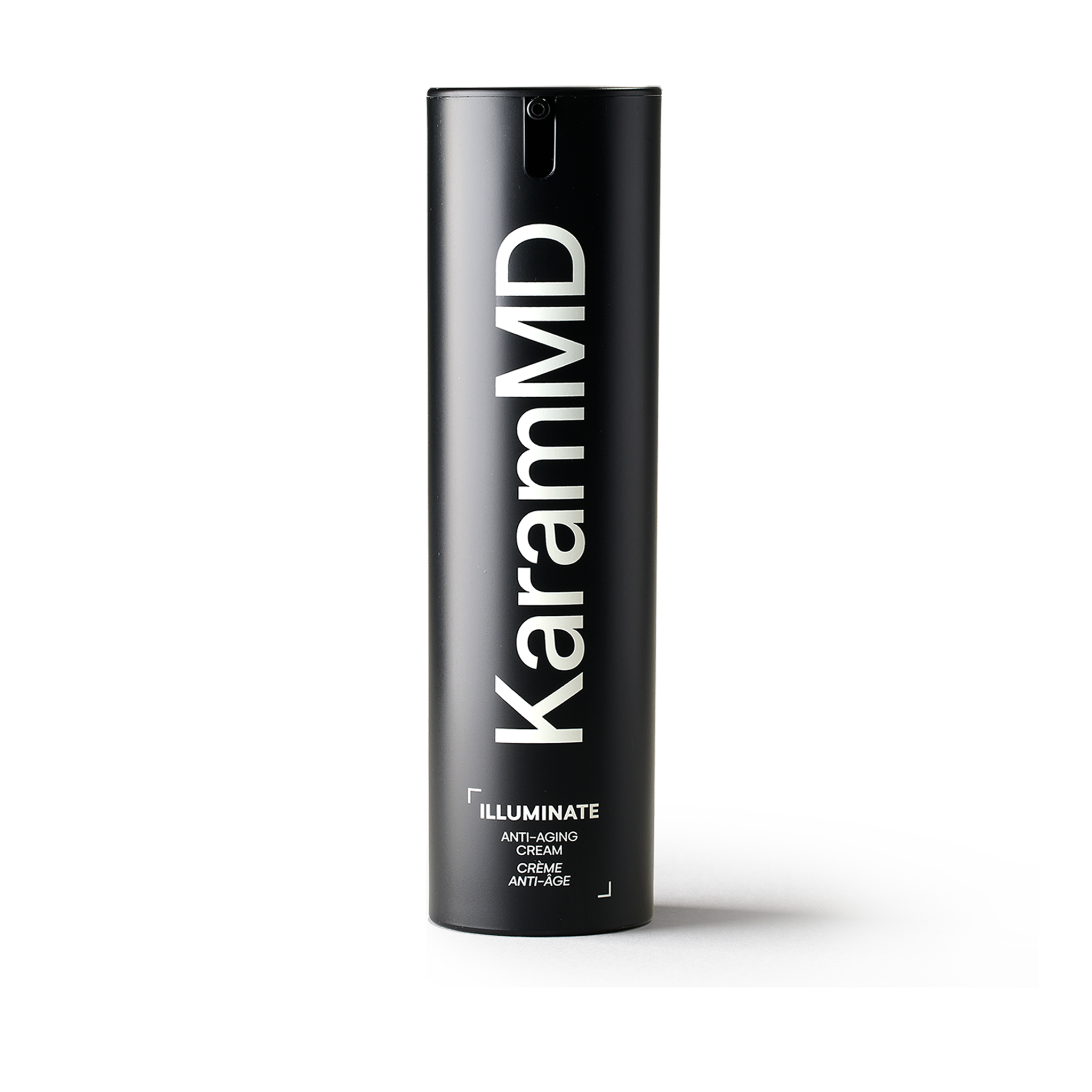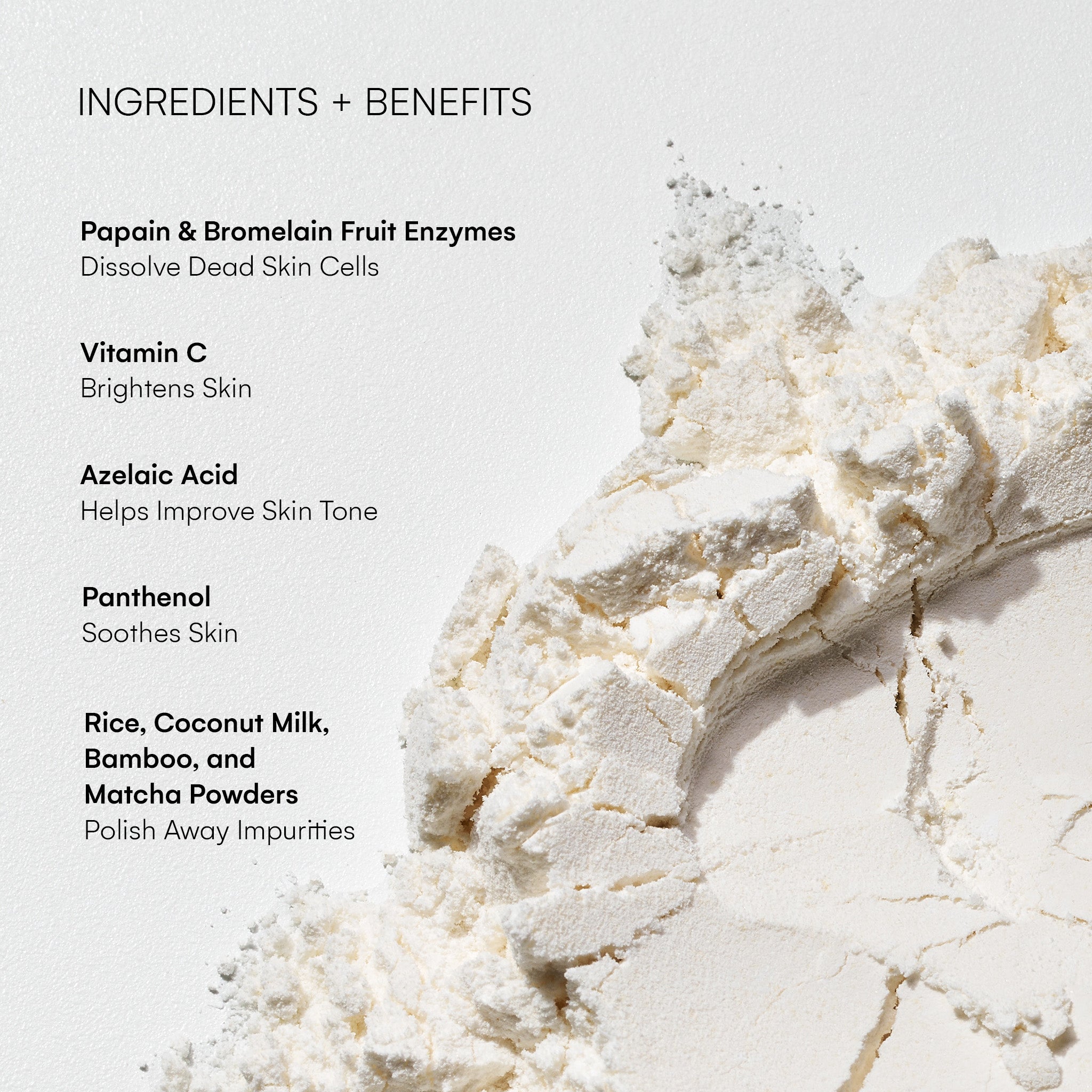What Is Hyaluronic Acid?
Hyaluronic acid is both a molecule and a key ingredient in skincare—and understanding this dual role is the first step to clarifying why it’s so valuable.
Hyaluronic acid is a molecule naturally produced by our bodies. It is made up of a long chain of sugars, called glycosaminoglycans, that can bind to large amounts of water.
A significant amount of our body’s hyaluronic acid is concentrated in the skin, where it retains moisture, keeping the skin hydrated, plump, and youthful.
In addition to its role in the skin, this little molecule is also prominent throughout our bodies. It is in our connective tissue that provide structural support, in the joints where it lubricates and cushions for smooth, pain-free movement, and in our cartilage where it helps us withstand compression. It's even the gel in our eyes that helps maintain clarity.
Once hyaluronic acid is produced in the body, it typically cycles around 24 to 36 hours before it gets degraded and your body produces more to replace it.
However, as we age, our natural production of the hyaluronic acid molecule decreases. This is what leads to stiff joints, dry skin, wrinkles, and reduced overall elasticity.




























1 comment
carla desimone
Hi, good morning! Happy Sunday..
Dr. Karam, thank you for all your informative literature on skin care as I truly love your products.
If I may ask, would you have a targeted under eye cream that can minimize bags and wrinkles ? I have been using the trifecta under and around eyes, but I thought to check.. ☺️
Thank you, Carla
———
KaramMD Skin replied:
Hi Carla—Thank you for your comment! All KaramMD products are gentle enough to be used around the eye area (just avoid contact with the eyes themselves). Dr.Karam does not recommend using an eye cream and you can read more about his thoughts on that topic here. <https://karammdskin.com/blogs/expert-advice/the-truth-about-eye-creams-do-you-really-need-them?utm_source=Klaviyo&utm_medium=campaign&utm_campaign=Journal%3A%20Demystifying%20Eye%20Creams&_kx=rMYmJB5QZ-Brq2kXWElRFHraWpoVmnqejBrAINhNV3I%3D.QV6RRx>Please let us know if you have any additional questions or if there’s anything else we can help you with!
Leave a comment
All comments are moderated before being published.
This site is protected by hCaptcha and the hCaptcha Privacy Policy and Terms of Service apply.